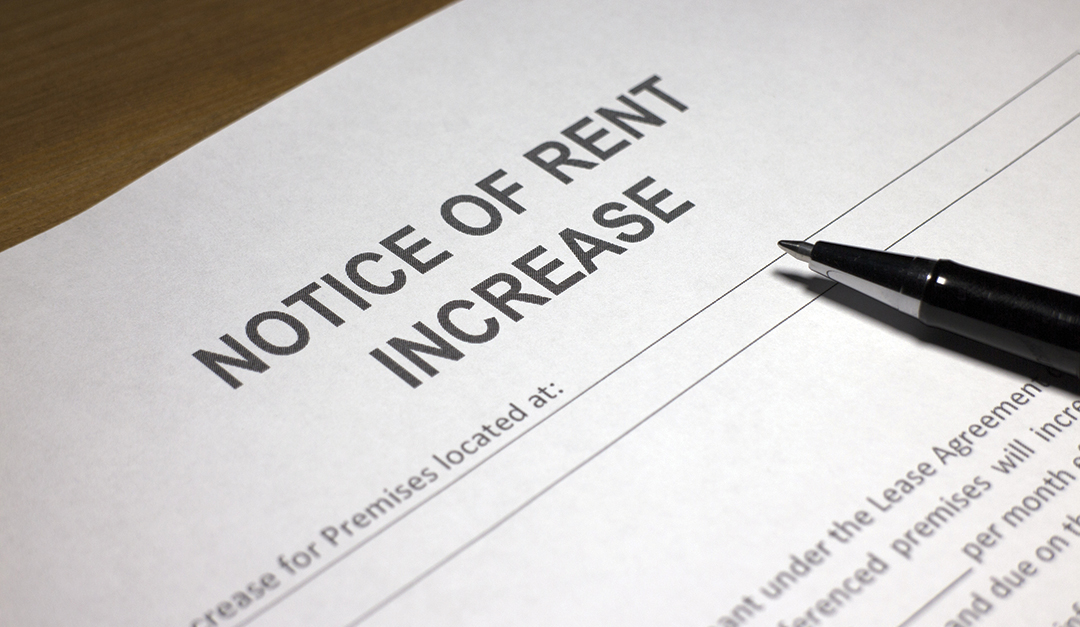A decade after the housing crisis, a U.S. Census Bureau report shows that the housing cost burden has eased for homeowners, but has remained stagnant for renters since the peak of the recession. Recent data from the American Community Survey (ACS) analyzes the percentage of “burdened” households—those that spend at least 35 percent of their monthly income on housing costs.
Household growth has kept housing demand strong for both homeownership and renting since an increasing share of high-income earners are choosing to remain renters; however, housing supply cannot keep up with the rising demand, which is leading to growing home prices and rent, especially for low-income earners.
Key Findings
- There were 77.7 million owner-occupied housing units and 43.8 million renters in 2018. Findings reveal that 40.6 percent of renters were cost-burdened when paying for rent and utility bills in 2018.
- Sixty-two percent of homeowners had a mortgage in 2018, down 6.5 percentage points from 2008.
- In 2018, 20.9 percent of homeowners with a mortgage were burdened, about 8 percentage points down from a decade ago.
- Eleven percent of homeowners without a mortgage payment were burdened in 2018 compared to 12 percent in 2008.
- Nearly 40 percent of rental unit residents spent 35 percent or more of their monthly income on rent and utilities, a decrease of only 0.2 percent from 2008.
The pressure on rent is influenced by three main factors:
1. Landlords are able to increase rent prices due to low vacancy in rental properties since demand still outnumbers supply.
2. High-income renters have increased for eight consecutive years and are driving the market. Between 2017 and 2018, the number of high-income renters grew by 311,000, joining the 4.6 million that have been added to the market since 2010.
3. New production of multifamily housing has been focused on meeting the demands of these high-income renters. In 2018, for example, 29 percent of new multifamily units, mostly in the Northwest, had rents above $2,050. In comparison, only 9 percent of new apartments in 2018 had rents under $1,050 a month, and less than 4 percent had rents less than $850. Less than 3 percent of new apartments built since 2008 have been affordable for median-income renters.
These findings highlight the nation’s persistent struggle to achieve affordable housing to meet the demand of household growth, as well as the desperate need to find a solution so that every person and family can have not only a personal domain, but perhaps a place to start their business and begin building long-term wealth.
Starting this year, California will enact statewide rent control meant to temporarily guard renters against egregious rent hikes until 2030, limiting rent increases to under 5 percent per year. Time will tell how this measure will affect renters and landlords, but critics note that lowering costs is only part of the puzzle to solving the affordable housing crisis. Low inventory is another problem that needs to be addressed, as more housing helps to bring down costs.
 Desirée Patno is the CEO and president of Women in the Housing and Real Estate Ecosystem (NAWRB) and Desirée Patno Enterprises, Inc. (DPE), as well as chairwoman of NAWRB’s Diversity & Inclusion Leadership Council (NDILC). With 30 years of experience in housing, Patno is a champion for women’s economic growth and independence. In 2017, Entrepreneur.com named her the Highest-Ranking Woman and 4th Overall Top Real Estate Influencer to Follow. For more information, please visit www.nawrb.com.
Desirée Patno is the CEO and president of Women in the Housing and Real Estate Ecosystem (NAWRB) and Desirée Patno Enterprises, Inc. (DPE), as well as chairwoman of NAWRB’s Diversity & Inclusion Leadership Council (NDILC). With 30 years of experience in housing, Patno is a champion for women’s economic growth and independence. In 2017, Entrepreneur.com named her the Highest-Ranking Woman and 4th Overall Top Real Estate Influencer to Follow. For more information, please visit www.nawrb.com.











